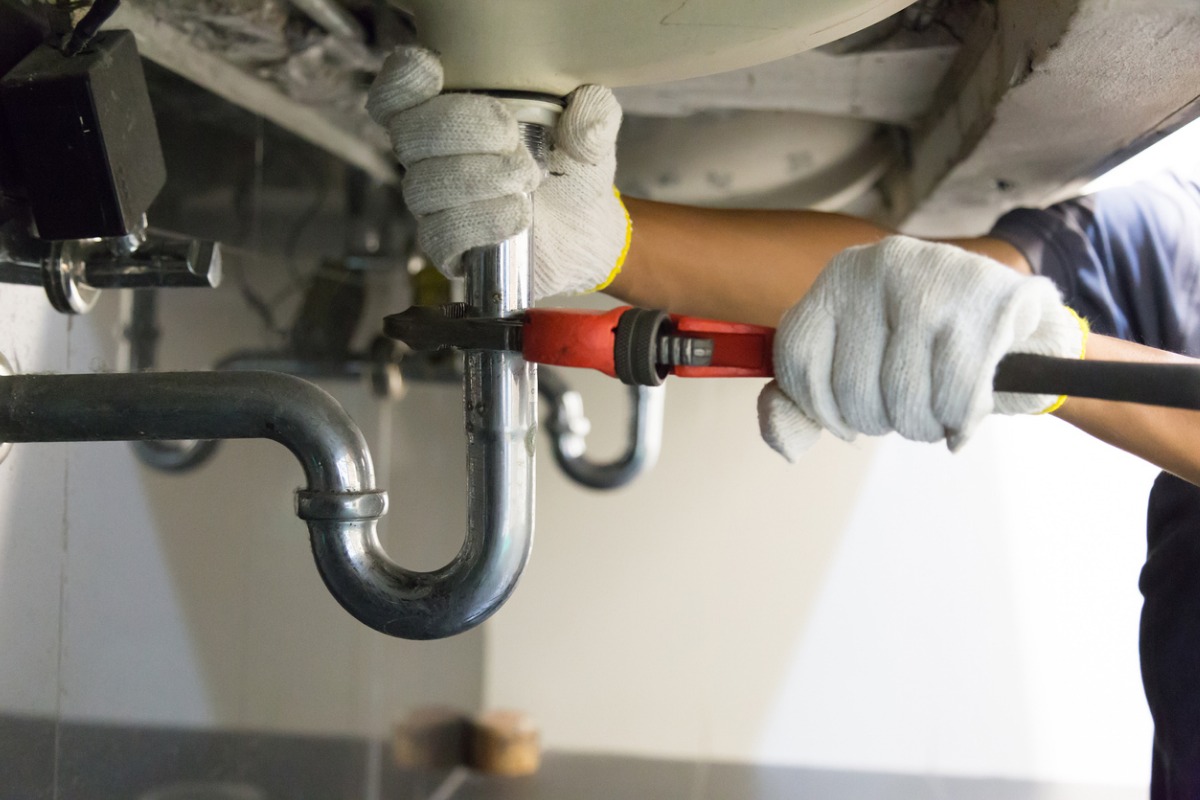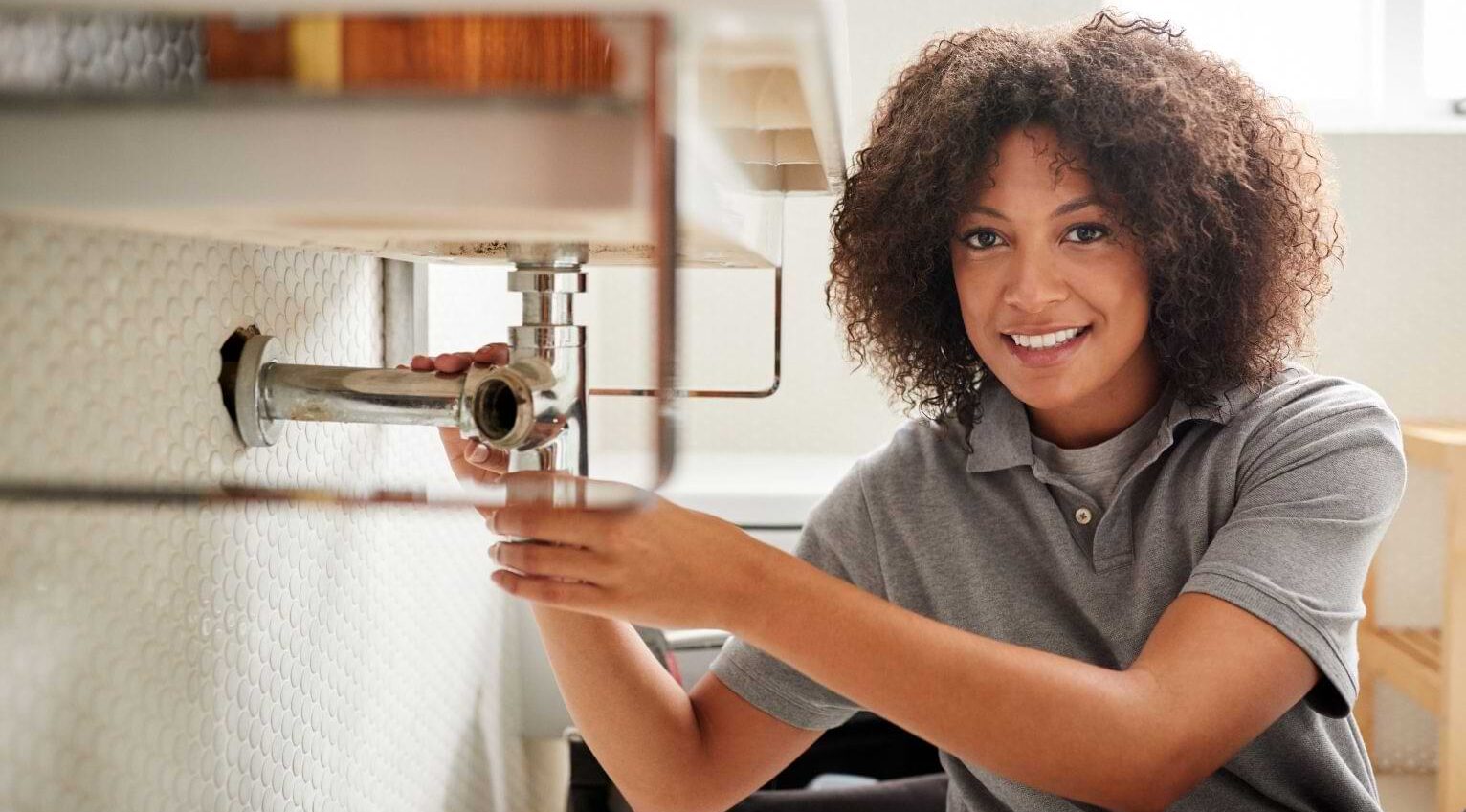Reputable Plumber Alabaster AL for All Your Emergency Requirements
Reputable Plumber Alabaster AL for All Your Emergency Requirements
Blog Article
A Detailed Overview to Efficient Hot Water Heater Installation for Optimal Efficiency
Starting the job of installing a hot water heater is a venture that demands precision and an organized technique for attaining optimal efficiency. The procedure starts with the critical decision of picking the ideal heating unit customized to the specific requirements of your house, taking into consideration variables such as energy, size, and type resource. When chosen, preparing the installation area to satisfy safety and security standards is paramount. Nevertheless, the trip doesn't end here. As you proceed, the intricacies of linking water system lines and establishing up trusted electric or gas connections await, encouraging insights into making certain effectiveness and dependability.
Choosing the Right Water Heating System

Next, consider the size and capability of the hot water heater. It's vital to evaluate your home's warm water needs, which can differ based on the number of occupants and their usage patterns. A system that's too small might cause insufficient warm water, while a large model could cause unnecessary energy intake.
Efficiency scores also play an essential duty in option. Search for hot water heater with high Energy Variable (EF) ratings, indicating premium performance and minimized power use. Tankless designs, though usually extra costly ahead of time, offer considerable energy financial savings with time as a result of their on-demand home heating capabilities.
Preparing the Setup Location
Prior to setting up a brand-new water heating unit, thorough preparation of the installation location is essential. It's important to gauge the area carefully to accommodate the water heating unit's measurements, making certain ample clearance around the device for efficient procedure and maintenance.
Check the floor for stability, as the water heater will certainly need a solid, level surface to operate efficiently. If required, install a drip pan beneath the device to capture potential leakages or spills, protecting against water damage to the surrounding location.
In addition, make sure that all necessary tools and materials get on hand before commencing the installation. This includes items such as wrenches, screwdrivers, a level, and any kind of extra hardware needed for securing the heater and mounting. A well-prepared installment location establishes the foundation for an effective water heating unit arrangement, enhancing performance and safety and security.
Connecting Water Supply Lines
When linking water system lines to your recently set up water heating unit, it is crucial to guarantee that all links are leak-free and safe to keep reliable procedure and avoid water damages. Begin by identifying the cold and hot water lines. The cool water inlet is normally marked with a blue tag or a "C", while the warm water outlet is noted with a red label or an "H".
Use flexible hot water heater ports to facilitate a much easier installation procedure. These connectors can take in resonance and enable small activity, lowering the threat of leakages. Prior to connecting the adapters, place a plumbing technician's tape around the threaded ends of the water heating unit's inlet and electrical outlet pipelines - Drain Cleaning Alabaster AL. click now This tape acts as a sealant, preventing leaks. Thoroughly attach the versatile hoses to the respective inlet and outlet, ensuring that they are tight yet not over-tightened, which might harm the threads.
Once links remain in place, slowly activate the main water supply valve. Check each connection for leakages by aesthetically feeling and examining for dampness. Tighten links as needed, and make certain the pressure alleviation shutoff is appropriately installed, protecting versus too much stress accumulation.
Establishing Electric or Gas Links
Appropriately setting up the electric or gas links for your water heater is a critical step to make certain efficient and safe procedure. For electric water heating units, begin by validating that the electrical circuit is compatible with the heating unit's voltage and amperage requirements.
For gas water heating units, security is vital. Attach the gas line to the water heating unit using an adaptable gas connector, ensuring it is properly threaded and sealed with pipeline joint compound or Teflon tape suitable for gas links.
When connections are made, evaluate for any type of potential leaks. For gas lines, apply a soapy water remedy to the joints; bubbles indicate a leak. For electric links, confirm that all circuitry is safe and secure and effectively shielded, keeping read more conformity with local electric codes.
Testing and Adjusting for Efficiency
With the electric and gas links securely in area, the next step is examining the functional efficiency of your water heater. Begin by thoroughly turning on the water supply and making certain there are no leakages at any of the valves or joints.
Next, perform a thorough evaluation to make sure the burner or gas heaters are operating appropriately. For electric heaters, use a multimeter to validate if the elements are drawing the proper current. In gas designs, observe the heater flame; it must be blue and consistent, indicating reliable combustion.
Readjust the settings as essential to get rid of inefficiencies. Consider applying insulation steps, such as adding a water heating unit blanket, to additionally enhance efficiency by reducing warm loss. In addition, examine the anode rod's problem, as a tatty pole can decrease effectiveness and result in container rust.
Verdict
Efficient water heating unit setup is essential for ensuring optimum performance and energy savings. Safely linking water supply lines and meticulously establishing up electric or gas connections lessen potential concerns.

Effectively setting up the click here for more info electrical or gas links for your water heater is a critical action to make certain safe and efficient operation. For electric water heating units, begin by verifying that the electric circuit is suitable with the heater's voltage and amperage needs. Connect the gas line to the water heating system utilizing an adaptable gas adapter, guaranteeing it is properly threaded and secured with pipe joint compound or Teflon tape ideal for gas connections.
Report this page